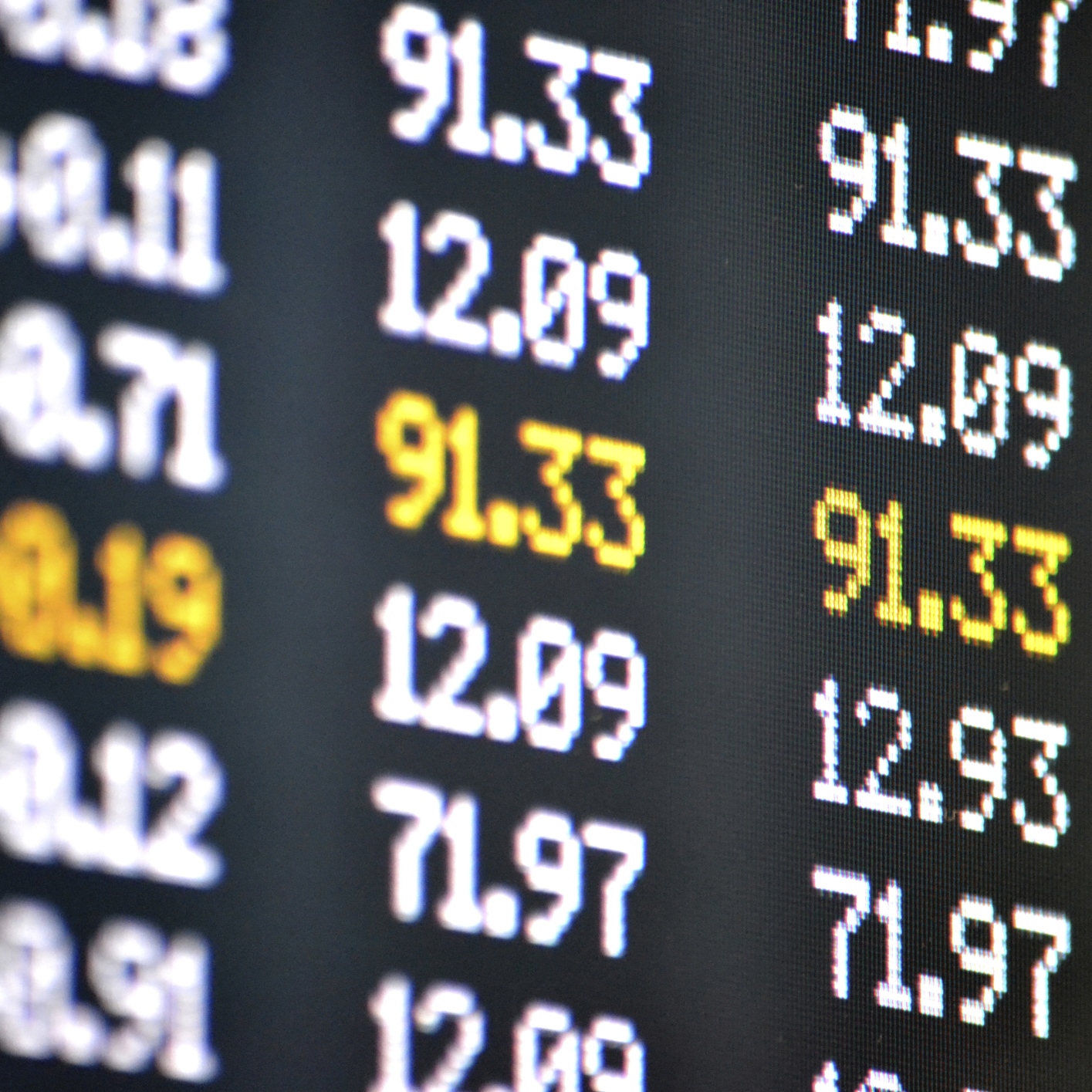
February 23, 2018: Markets opened higher again Friday and stayed there all day. The Fed’s semi-annual monetary report indicated that rate hikes are likely to number 3 not 4 this year and that the Fed expects inflation at or below its 2% target for this. This means there’ll be plenty of pretty cheap money around and equities are the likely beneficiaries.
WTI crude oil for April delivery settled at $63.55 a barrel, up 1.2% for the day after the weekly oil rig count rose by just 1 new rig. April gold dropped 0.2% on the day to settle at $1,330.30 and down 1.7% for the week. Equities were headed for a higher close about 10 minutes before the bell as the DJIA traded up 1.20% for the day, the S&P 500 traded up 1.46X%, and the Nasdaq Composite traded up 1.62%.
Bitcoin futures (XBTH8) for March delivery traded at $9,910, down about 1% on the CBOE after opening at $9,860 this morning. The digital currency’s trading range for the day was $9,530 to $10,340.
The DJIA stock posting the largest daily percentage gain ahead of the close Friday was Intel Corp. (NASDAQ: INTC) which traded up 4.07% at $47.67. The stock’s 52-week range is $33.23 to $50.85. Volume was about 40% below the daily average of around 33.6 million shares. The company had no specific news.
Chevron Corp. (NYSE: CVX) traded up 2.36% at $112.49. The stock’s 52-week range is $102.55 to $133.88. Volume was about 35% lower than the daily average of around 6.5 million. The company is seeing the benefit of rising oil prices.
Microsoft Corp. (NASDAQ: MSFT) traded up 2.35% at $93.89. The stock’s 52-week range is $63.62 to $96.07. Volume was about 35% below the daily average of around 28.8 million shares. The company had no specific news Friday.
Exxon Mobil Corp. (NYSE: XOM) traded up 2.10% at $77.46. The stock’s 52-week range is $73.90 to $89.30. Volume was around 8.7million shares, about a 35% below the daily average of about 13.3 million. The company had no specific news Friday.
Of the Dow stocks, 27 are on track to close higher Friday and just 3 are set to close lower.
Travel Cards Are Getting Too Good To Ignore (sponsored)
Credit card companies are pulling out all the stops, with the issuers are offering insane travel rewards and perks.
We’re talking huge sign-up bonuses, points on every purchase, and benefits like lounge access, travel credits, and free hotel nights. For travelers, these rewards can add up to thousands of dollars in flights, upgrades, and luxury experiences every year.
It’s like getting paid to travel — and it’s available to qualified borrowers who know where to look.
We’ve rounded up some of the best travel credit cards on the market. Click here to see the list. Don’t miss these offers — they won’t be this good forever.
Thank you for reading! Have some feedback for us?
Contact the 24/7 Wall St. editorial team.





